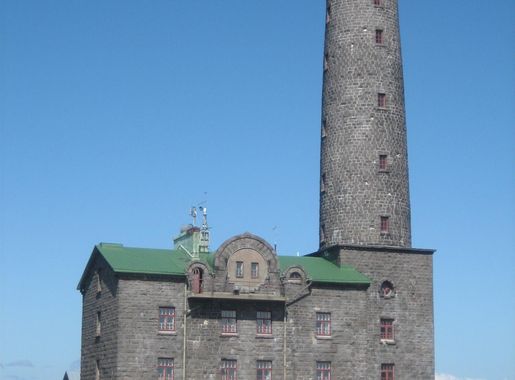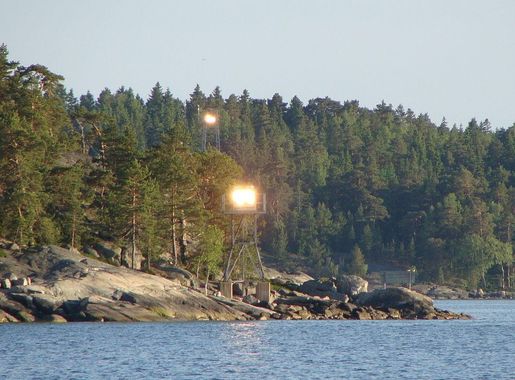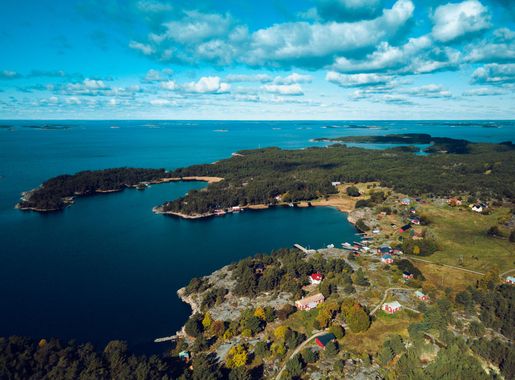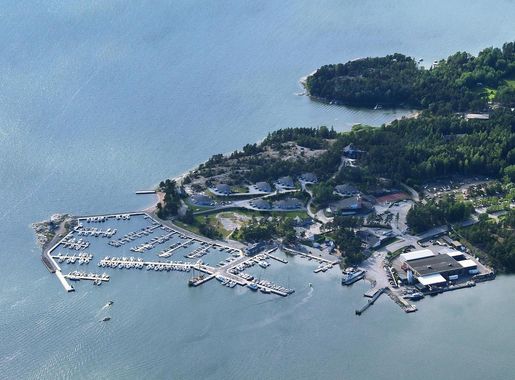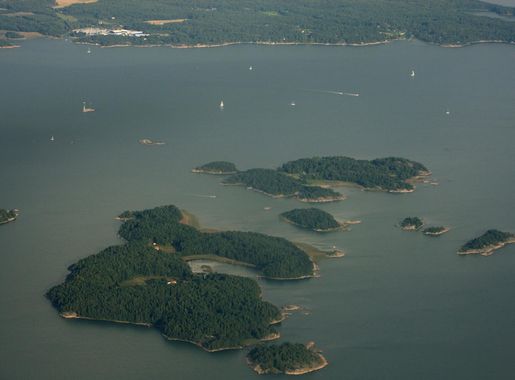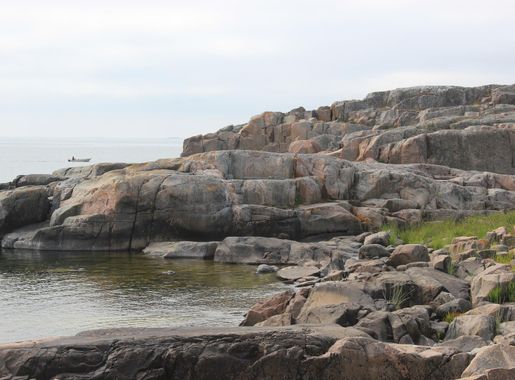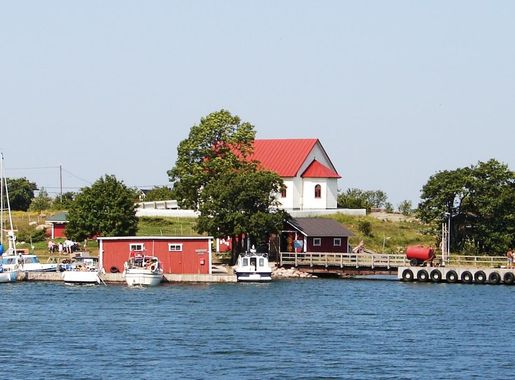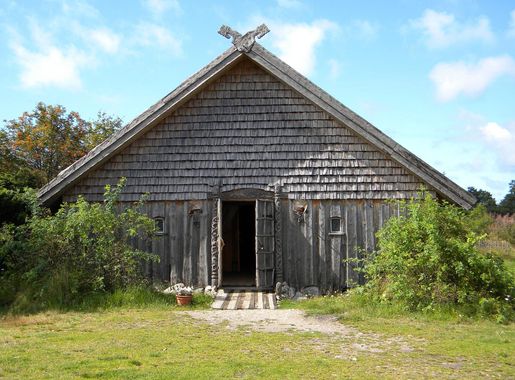
Serenity and Adventure in Archipelago National Park
Discover the unspoiled beauty and rich cultural heritage of Finland's Archipelago National Park, a haven for nature enthusiasts and adventure seekers alike.
Archipelago National Park, located in southwestern Finland, is a stunning collection of over 2,000 islands and islets, offering a unique blend of natural beauty and outdoor adventure. This park is a paradise for nature lovers, with its pristine waters, diverse wildlife, and lush forests. The park’s landscape is ever-changing, providing a picturesque setting that varies from rocky shores to sandy beaches. Visitors can explore the park by kayak, boat, or on foot. The well-marked trails and routes make it easy to navigate through the islands, whether you're hiking, cycling, or paddling. For those interested in wildlife, the park is home to seals, sea eagles, and numerous bird species, making it a great destination for birdwatching. Cultural experiences are also abundant in the Archipelago National Park. The islands are dotted with charming fishing villages and historical sites, offering a glimpse into the local heritage. Traditional Finnish saunas, local cuisine, and friendly communities add to the park’s appeal, making it a perfect getaway for those seeking both relaxation and adventure.
Local tips in Archipelago National Park
- Visit during the summer months for the best weather and longer daylight hours.
- Consider renting a kayak or a boat to fully explore the numerous islands and secluded spots.
- Pack layers and waterproof clothing, as the weather can be unpredictable.
- Don’t forget binoculars for birdwatching and spotting seals.
- Check local schedules for ferry services between islands.
- Try local delicacies such as smoked fish and traditional Finnish pastries.
- Respect the natural environment by following the Leave No Trace principles.
Serenity and Adventure in Archipelago National Park
Archipelago National Park, located in southwestern Finland, is a stunning collection of over 2,000 islands and islets, offering a unique blend of natural beauty and outdoor adventure. This park is a paradise for nature lovers, with its pristine waters, diverse wildlife, and lush forests. The park’s landscape is ever-changing, providing a picturesque setting that varies from rocky shores to sandy beaches. Visitors can explore the park by kayak, boat, or on foot. The well-marked trails and routes make it easy to navigate through the islands, whether you're hiking, cycling, or paddling. For those interested in wildlife, the park is home to seals, sea eagles, and numerous bird species, making it a great destination for birdwatching. Cultural experiences are also abundant in the Archipelago National Park. The islands are dotted with charming fishing villages and historical sites, offering a glimpse into the local heritage. Traditional Finnish saunas, local cuisine, and friendly communities add to the park’s appeal, making it a perfect getaway for those seeking both relaxation and adventure.
When is the best time to go to Archipelago National Park?
Iconic landmarks you can’t miss
Suomenlinna
Explore Suomenlinna, a UNESCO World Heritage Site, where history, culture, and stunning coastal landscapes intertwine for an unforgettable experience.
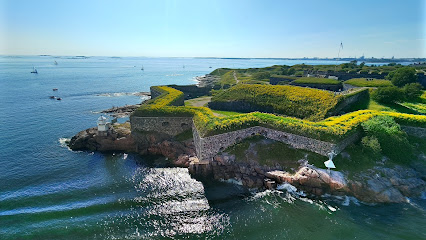
Helsinki Cathedral
Explore the stunning architecture and serene ambiance of Helsinki Cathedral, a must-visit historical landmark in the heart of Finland's capital city.

Turku Castle
Discover the grandeur of Turku Castle, a medieval fortress steeped in history and culture, located in the heart of Turku, Finland.
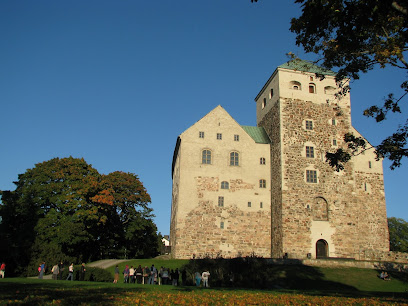
Koli National Park
Explore Koli National Park, Finland's natural gem, where stunning landscapes, diverse wildlife, and rich culture await your discovery.
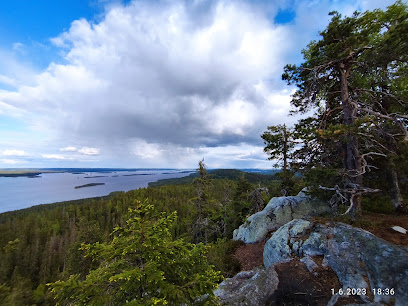
Ranua Zoo
Explore the enchanting Ranua Zoo, where Arctic wildlife and stunning Finnish landscapes come together for an unforgettable experience.

The National Museum of Finland
Explore the depths of Finnish history at The National Museum of Finland, where culture and heritage come to life in the heart of Helsinki.
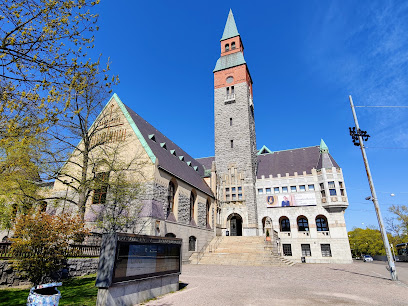
Nuuksio National Park
Explore the breathtaking landscapes and diverse wildlife of Nuuksio National Park, a hidden gem just outside Espoo, Finland.
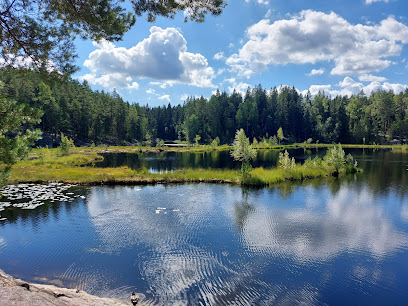
Sibelius Park
Explore Sibelius Park, a serene haven in Helsinki dedicated to composer Jean Sibelius, featuring stunning sculptures and lush landscapes.
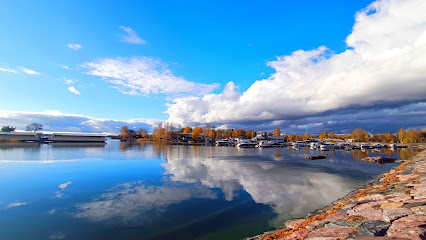
Old Rauma
Explore Old Rauma: A UNESCO World Heritage Site with stunning wooden architecture, rich history, and vibrant culture in Finland.
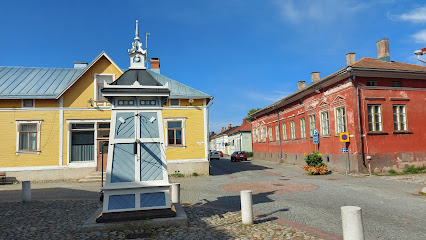
Sipoonkorpi National Park
Explore the natural beauty of Sipoonkorpi National Park, a serene escape perfect for hiking, wildlife watching, and immersing in Finland's wilderness.
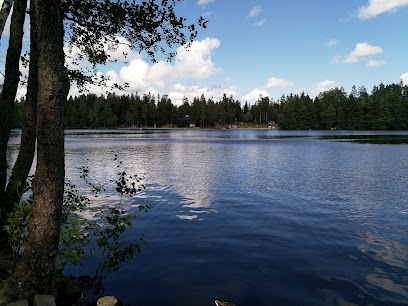
Oulanka National Park
Explore the stunning landscapes, diverse wildlife, and endless adventures at Oulanka National Park, a true gem of Finnish nature.
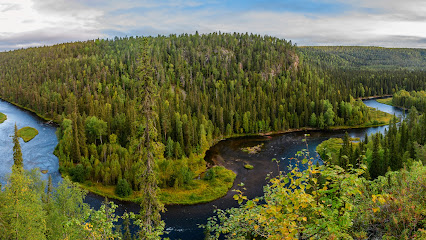
Seurasaari Open-Air Museum
Discover the essence of Finnish heritage at Seurasaari Open-Air Museum, where history and nature blend harmoniously.
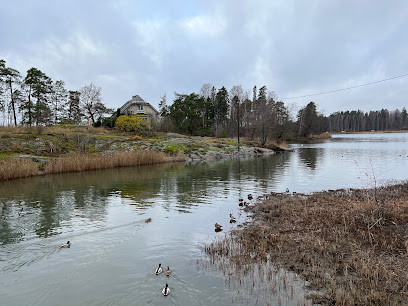
Kurjenrahka National Park
Explore the stunning landscapes and rich biodiversity of Kurjenrahka National Park, a must-visit destination for nature lovers in Finland.
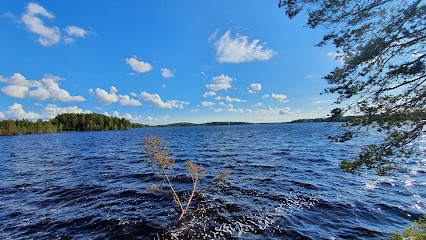
Repovesi National Park
Experience the mesmerizing landscapes and rich biodiversity of Repovesi National Park, a must-visit destination for nature lovers in Kouvola, Finland.
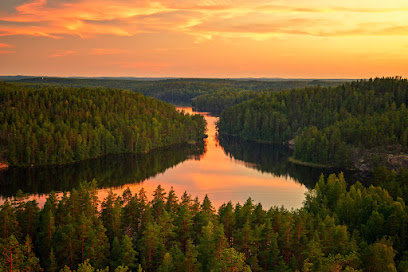
Pyhä-Luosto National Park
Experience the breathtaking landscapes and outdoor adventures of Pyhä-Luosto National Park, a true gem of Finnish Lapland.
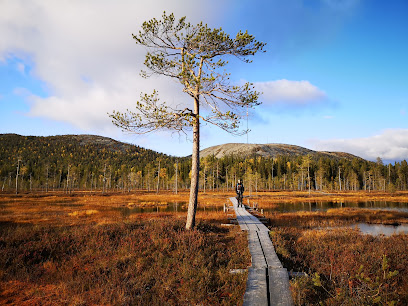
Unmissable attractions to see
Koli National Park
Explore the breathtaking landscapes and vibrant ecosystems of Koli National Park, Finland's natural treasure for adventurous travelers and nature lovers.
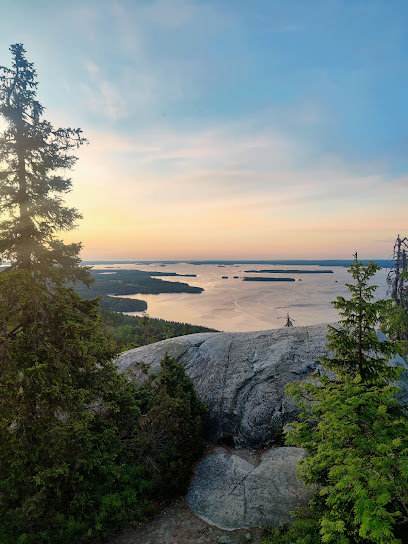
Oulanka National Park
Explore the breathtaking landscapes and diverse wildlife of Oulanka National Park, a nature lover's paradise in Finland.
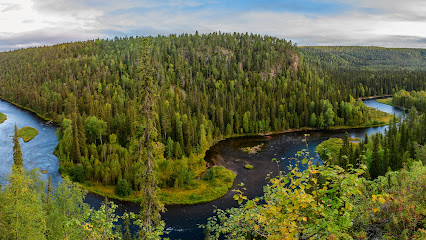
The SnowCastle of Kemi
Experience the wonder of The SnowCastle of Kemi, a stunning ice structure offering unique architecture, delicious cuisine, and enchanting winter activities.
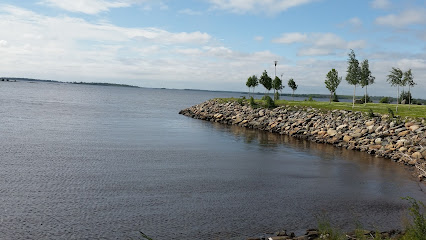
Pyhä-Luosto National Park
Explore the pristine wilderness of Pyhä-Luosto National Park, a stunning gem in Finnish Lapland, perfect for adventure seekers and nature lovers.
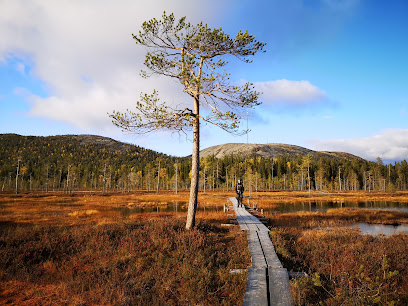
Liesjärvi National Park
Discover Liesjärvi National Park: A stunning natural escape with breathtaking landscapes, diverse wildlife, and outdoor adventures await in Southern Finland.
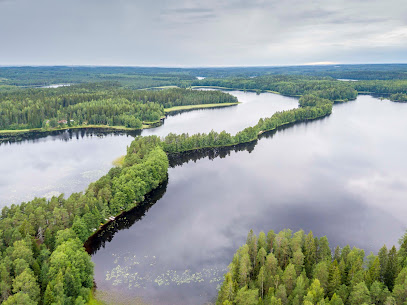
Seitseminen National Park
Discover the enchanting beauty and diverse ecosystems of Seitseminen National Park, a true gem of Finnish nature and outdoor adventure.
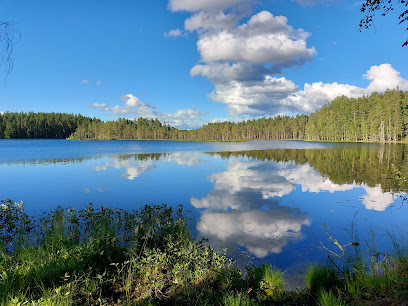
Louhisaari Manor
Experience the historic elegance of Louhisaari Manor in Askainen, a captivating castle and cultural site that reveals Finland's rich heritage.
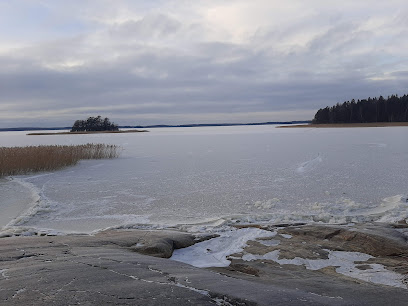
Syöte National Park
Experience the stunning landscapes and diverse wildlife of Syöte National Park, a premier destination for nature lovers and adventure seekers in Finland.
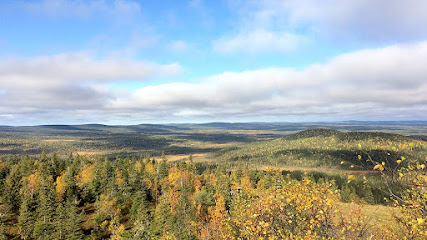
Bodvattnet Runt Circular Trail
Discover the breathtaking Bodvattnet Runt Circular Trail in Korsholm, Finland, where stunning views and serene nature await every traveler.
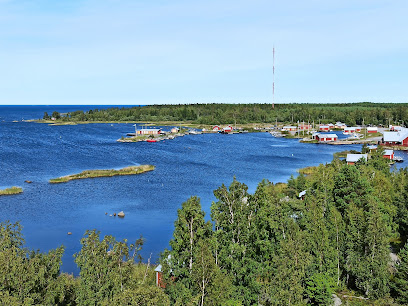
Bengtskär Lighthouse
Discover the historic Bengtskär Lighthouse in Rosala, a captivating blend of maritime heritage and stunning island views, perfect for history lovers and nature enthusiasts.
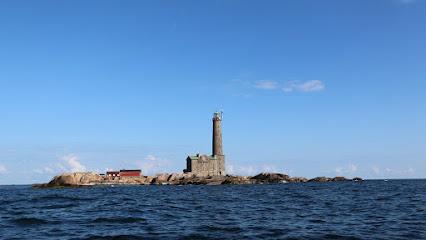
Valkmusa National Park
Experience the tranquility and breathtaking beauty of Valkmusa National Park, a must-visit destination for nature lovers in Finland.
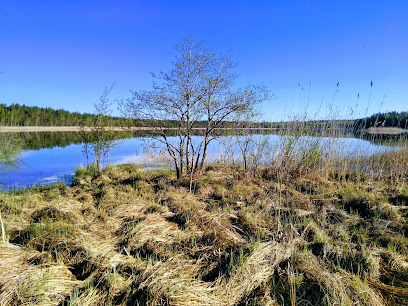
Auttiköngäs
Discover Auttiköngäs, a serene scenic spot in Rovaniemi, where lush nature trails and stunning rapids await every nature enthusiast.
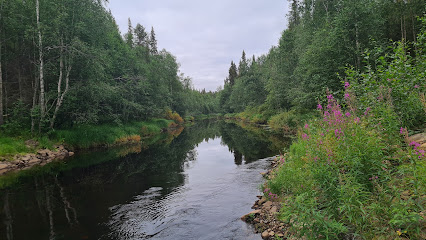
Lauhanvuori National Park
Explore the scenic beauty of Lauhanvuori National Park in Finland, a paradise for hikers and nature lovers seeking tranquility and adventure.
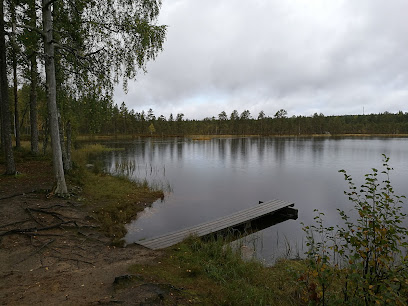
Ritajärvi nature reserve
Explore the breathtaking landscapes of Ritajärvi Nature Reserve, a tranquil haven for nature lovers and outdoor enthusiasts in Sastamala, Finland.
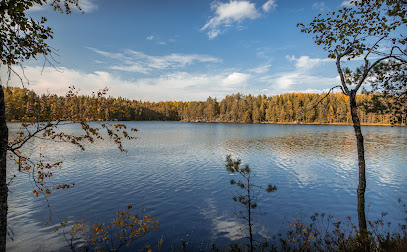
Hiidenportti National Park
Experience the serene beauty and diverse wildlife of Hiidenportti National Park, a top destination for nature lovers and adventure seekers in Finland.
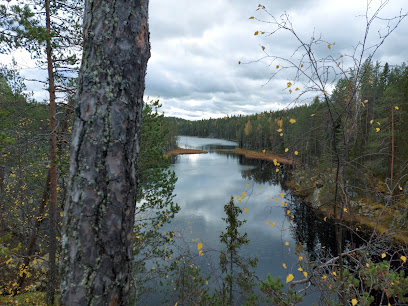
Essential places to dine
Nili Restaurant
Experience authentic Finnish cuisine at Nili Restaurant in Rovaniemi – where tradition meets modern culinary artistry.
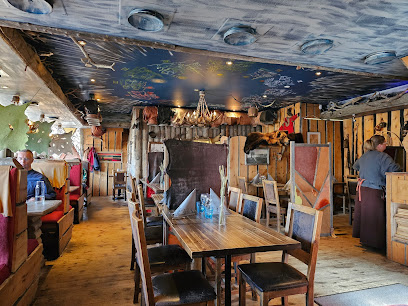
Lappi Ravintola
Discover authentic Finnish flavors at Lappi Ravintola in Helsinki – where tradition meets culinary excellence.

Restaurant Konstan Möljä
Experience authentic Finnish cuisine at Restaurant Konstan Möljä in Helsinki - where tradition meets flavor.
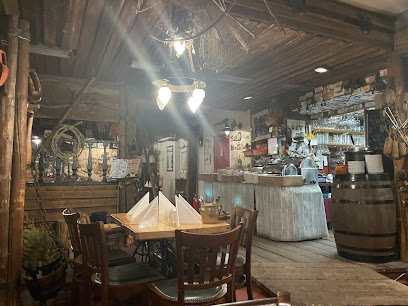
Restaurant Sea Horse
Discover authentic Finnish flavors at Restaurant Sea Horse in Helsinki - where fresh seafood meets traditional European cuisine.
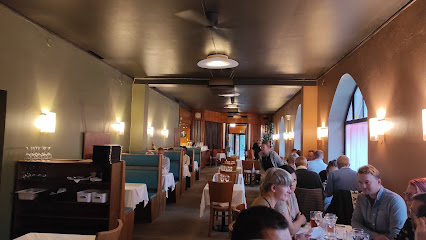
Restaurant Kuu
Savor authentic Finnish cuisine at Restaurant Kuu in Helsinki, where local ingredients meet culinary excellence in an inviting atmosphere.
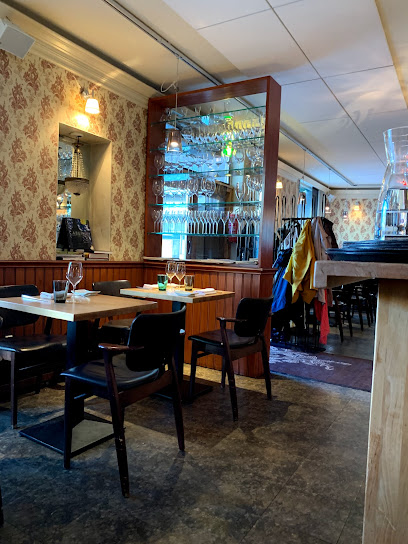
Restaurant Merimakasiini
Discover Helsinki's premier seafood dining experience at Restaurant Merimakasiini - where fresh flavors meet stunning waterfront views.
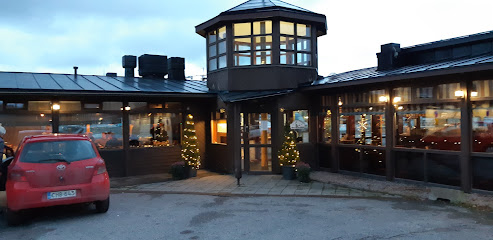
Ravintola Nokka
Experience authentic Finnish cuisine at Ravintola Nokka in Helsinki, where local ingredients meet exquisite culinary artistry.

Restaurant Everest Katajanokka
Experience authentic Himalayan cuisine in Helsinki at Restaurant Everest Katajanokka - a culinary gem with stunning flavors.
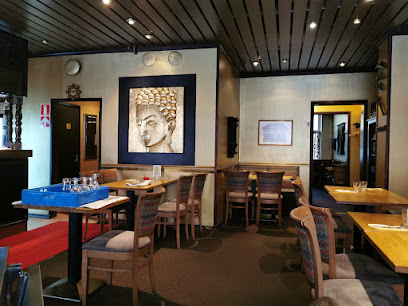
Restaurang Buffalo
Experience authentic Finnish cuisine with stunning views at Restaurang Buffalo in Korppoo's beautiful archipelago.
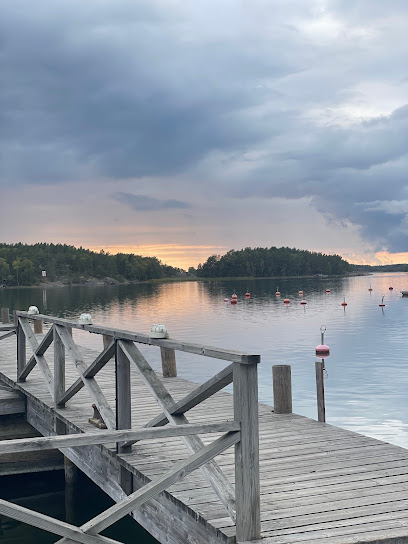
Baskeri & Basso
Experience the essence of Finnish cuisine at Baskeri & Basso – where local flavors meet culinary artistry in Helsinki's vibrant dining scene.
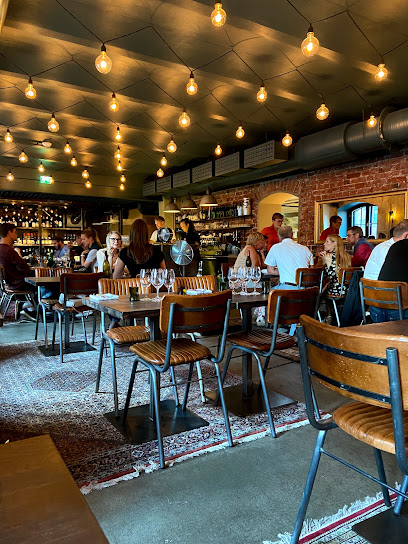
Restaurant Kaskis
Discover exquisite Finnish cuisine at Restaurant Kaskis in Turku - a fine dining experience that celebrates local ingredients and culinary innovation.
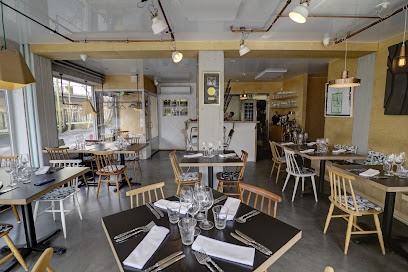
Finnjävel Salonki
Indulge in exquisite Finnish flavors at Finnjävel Salonki – where tradition meets modern elegance in every dish.
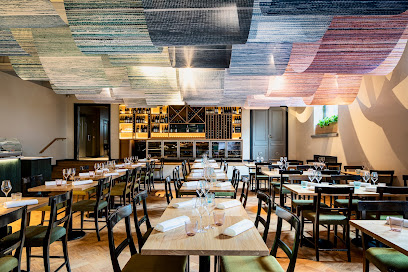
Finlandia Caviar Shop & Restaurant
Experience exquisite seafood dining at Finlandia Caviar Shop & Restaurant in Helsinki—where luxury meets local flavor.
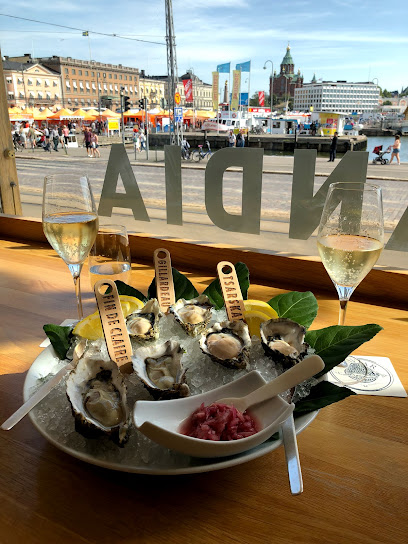
Archipelago National Park
Experience the breathtaking beauty of Archipelago National Park with its stunning islands, rich wildlife, and endless outdoor adventures.
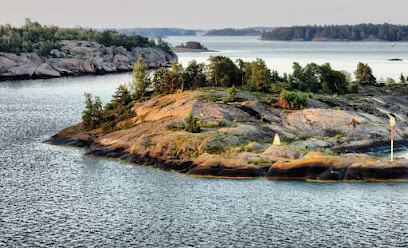
Ravintola Vinkkeli
Discover culinary artistry at Ravintola Vinkkeli – where European elegance meets Scandinavian charm in Helsinki's vibrant dining scene.
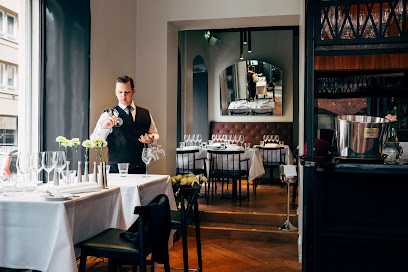
Markets, malls and hidden boutiques
Helsinki Market Square
Discover the vibrant Helsinki Market Square, a cultural hotspot filled with fresh produce, local crafts, and stunning waterfront views in the heart of Finland.
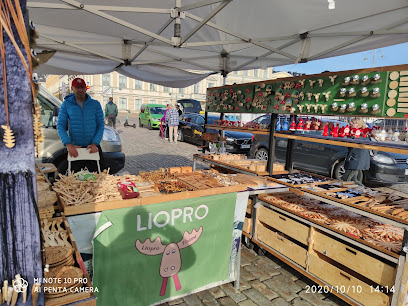
Kamppi Helsinki
Explore Kamppi Helsinki: A vibrant shopping mall with diverse shops, delightful dining, and a lively atmosphere in the heart of the city.
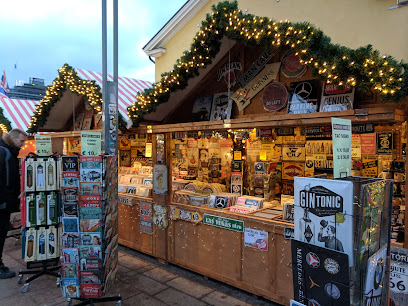
Forum
Explore the Forum Shopping Mall in Helsinki, a bustling hub of shopping, dining, and local culture, perfect for every traveler.
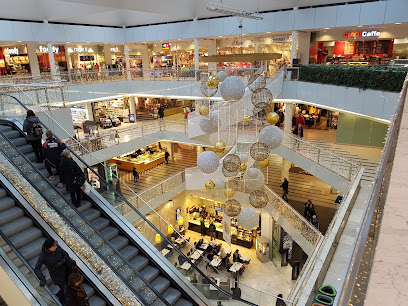
Mall of Tripla
Explore Mall of Tripla, Helsinki's largest shopping mall, offering a rich blend of shopping, dining, and entertainment experiences for every traveler.
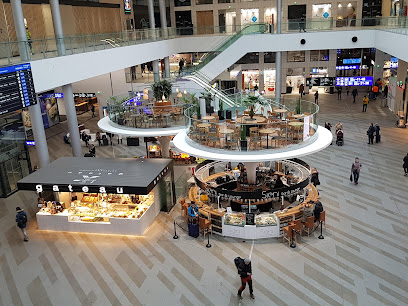
Nuuksio National Park
Discover the breathtaking beauty of Nuuksio National Park, a serene escape with lush forests, sparkling lakes, and diverse wildlife just outside Espoo, Finland.
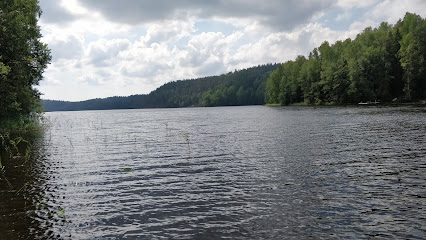
Savonlinna Market Square
Explore the vibrant Savonlinna Market Square, where local flavors, crafts, and culture come together in a picturesque setting.

Shopping Centre Revontuli
Discover Shopping Centre Revontuli, Rovaniemi's premier shopping destination, offering a blend of local charm and international flair.
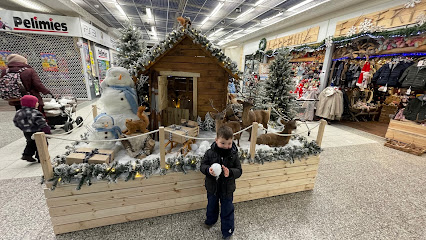
Kämp Galleria
Explore Kämp Galleria, Helsinki's premier shopping destination, where luxury meets culture and dining in a stunning architectural setting.

Oulanka National Park
Discover the breathtaking beauty and diverse wildlife of Oulanka National Park, a true nature lover's paradise in Finland.
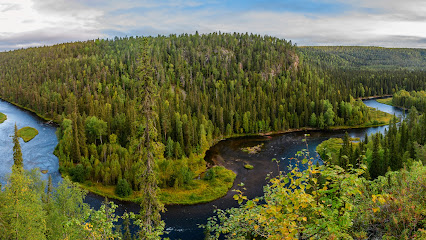
Old Market Hall
Explore the Old Market Hall in Helsinki for a taste of local delicacies, fresh produce, and a charming culinary experience.
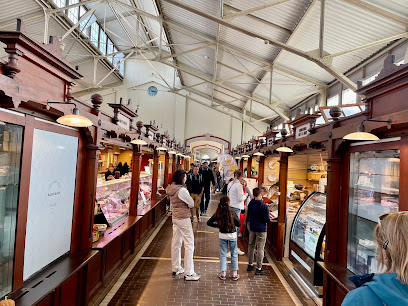
Riisitunturi National Park
Discover the breathtaking landscapes and rich wildlife of Riisitunturi National Park, Finland's outdoor paradise for nature lovers and adventure seekers.

Mossala Island Resort | Saariston Lomakeskus
Experience the serene beauty of Mossala Island Resort, a perfect escape in the Finnish archipelago with endless activities and cozy accommodations.

Syöte National Park
Explore the enchanting landscapes of Syöte National Park, Finland's natural treasure with stunning views and endless outdoor adventures.
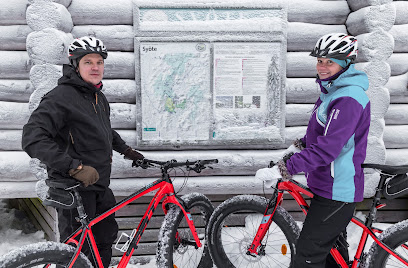
Archipelago National Park
Discover the breathtaking beauty of Archipelago National Park, a natural paradise with stunning landscapes and diverse wildlife in Finland's archipelago.
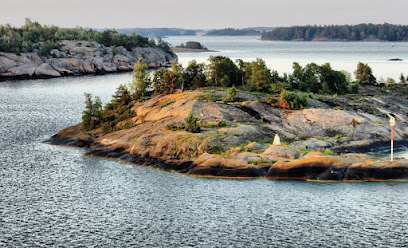
Pyhä-Häkki National Park
Explore the pristine wilderness of Pyhä-Häkki National Park, where ancient forests and diverse wildlife await your discovery in Finland.
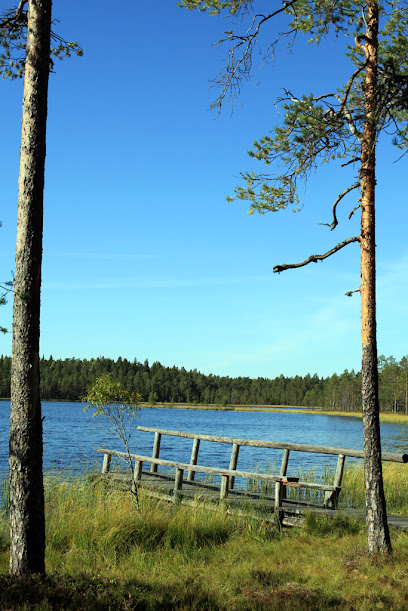
Essential bars & hidden hideouts
Moro Sky Bar
Discover Moro Sky Bar: A premier cocktail destination in Tampere offering stunning views and expertly crafted drinks for an unforgettable nightlife experience.
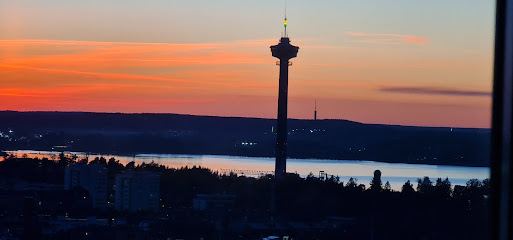
Kaisla
Discover Kaisla in Helsinki, where exceptional craft beers meet a cozy atmosphere, perfect for a memorable night out.
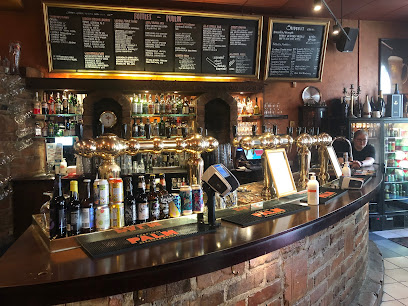
Paapan Kapakka
Discover the vibrant atmosphere of Paapan Kapakka, a jazz bar and restaurant in Tampere, where live music and delicious cuisine create unforgettable experiences.
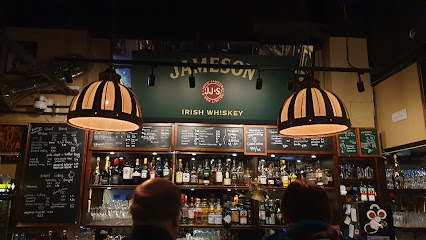
The Riff
Discover The Riff, Helsinki's premier metal bar, offering a unique atmosphere, extensive drink selection, and vibrant nightlife for music lovers.
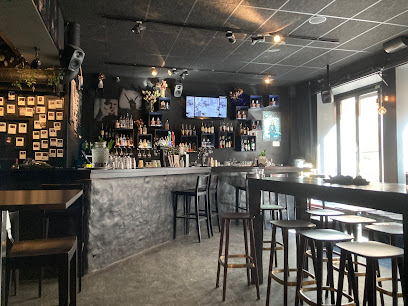
Bar Loose
Experience the vibrant nightlife of Helsinki at Bar Loose, a lively bar and live music venue offering great food and a welcoming atmosphere.
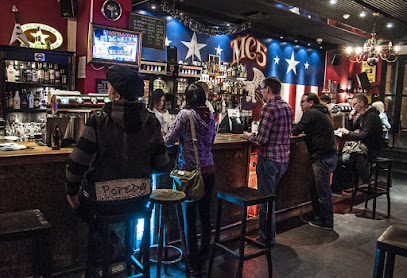
Beer Restaurant Villi Wäinö
Experience the best of Helsinki's nightlife at Beer Restaurant Villi Wäinö, a lively beer garden and night club with local brews and vibrant entertainment.
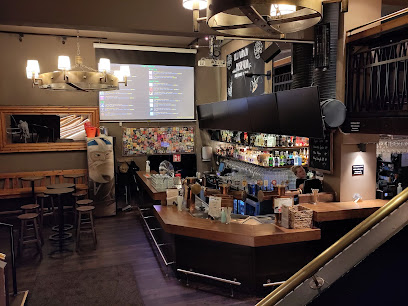
Ateljee Bar
Experience the stunning skyline of Helsinki from Ateljee Bar, a luxurious rooftop retreat serving exquisite drinks and unforgettable views.
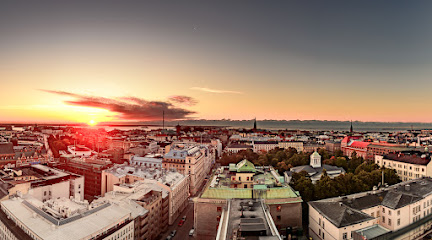
Heidi's Bier Bar
Discover the vibrant nightlife and extensive beer selection at Heidi's Bier Bar, a popular bar and nightclub in the heart of Helsinki.
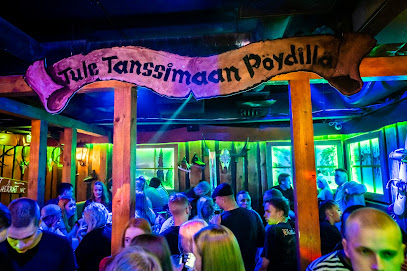
Liberty or Death
Discover the essence of Helsinki's nightlife at Liberty or Death, a cocktail bar offering innovative drinks in a stylish setting.
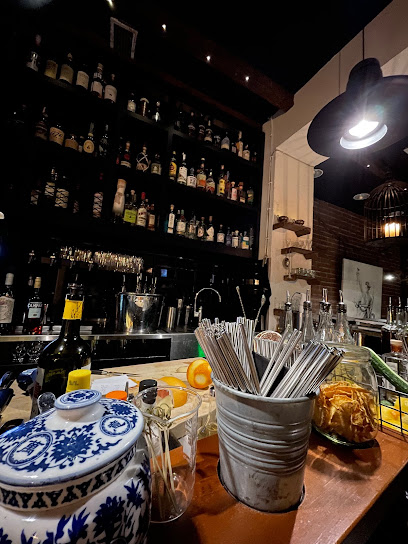
Bar Loosister
Experience the perfect fusion of relaxation and culinary excellence at Bar Loosister, a must-visit bistro and bar in the heart of Helsinki.

Base Bar
Discover the vibrant nightlife at Base Bar, Helsinki's top spot for cocktails, friendly vibes, and unforgettable evenings.
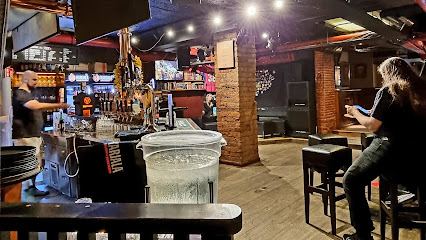
Kultainen Kulaus
Discover the vibrant energy of Kultainen Kulaus, Seinäjoki's premier pub offering a diverse selection of beers and a cozy atmosphere.

Tommyknocker Craft Beer Bar
Experience the essence of craft beer at Tommyknocker, a vibrant bar in Helsinki offering a diverse selection of local and international brews.
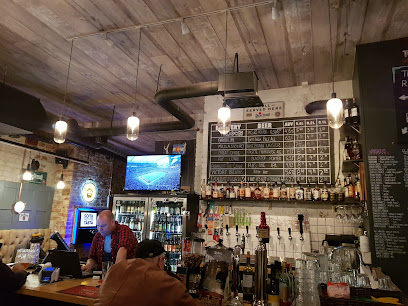
Street Bar
Experience the heart of Helsinki's nightlife at Street Bar, where delicious grilled dishes meet a vibrant atmosphere.
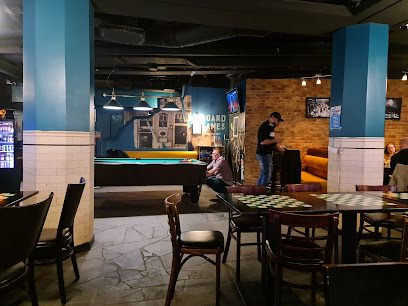
Holiday Bar
Discover the lively atmosphere of Holiday Bar in Helsinki, where exquisite cocktails and delicious dining meet stunning waterfront views.
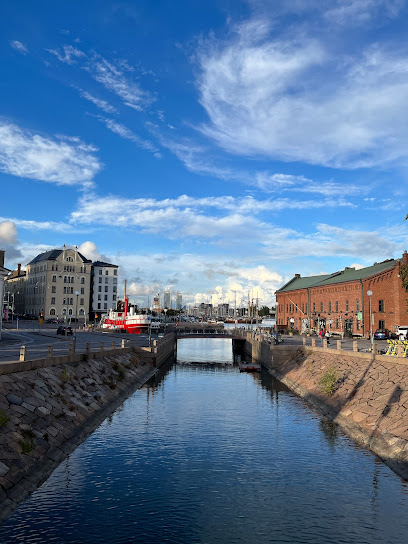
Local Phrases about Archipelago National Park
-
- HelloHei
[hey] - GoodbyeNäkemiin
[nah-keh-meen] - YesKyllä
[kuh-lah] - NoEi
[ay] - Please/You're welcomeOle hyvä
[oh-leh hew-vah] - Thank youKiitos
[kee-tohs] - Excuse me/SorryAnteeksi
[ahn-tehk-see] - How are you?Mitä kuuluu?
[mee-tah koo-loo] - Fine. And you?Hyvää. Entä sinä?
[hew-vah. en-tah see-nah] - Do you speak English?Puhutko englantia?
[poo-hoot-koh eng-lan-tee-ah] - I don't understandEn ymmärrä
[ayn um-mah-rah]
- HelloHei
-
- I'd like to see the menu, pleaseSaisinko ruokalistan, kiitos
[sai-sin-koh roo-kah-lee-stahn, kee-tohs] - I don't eat meatEn syö lihaa
[ayn syuh lee-hah] - Cheers!Kippis!
[kip-pis] - I would like to pay, pleaseHaluan maksaa, kiitos
[hah-loo-ahn mahk-sah, kee-tohs]
- I'd like to see the menu, pleaseSaisinko ruokalistan, kiitos
-
- Help!Apua!
[ah-poo-ah] - Go away!Mene pois!
[meh-neh poys] - Call the Police!Soita poliisille!
[soy-tah poh-lee-seel-leh] - Call a doctor!Soita lääkärille!
[soy-tah lah-keh-rih-leh] - I'm lostOlen eksyksissä
[oh-lehn ehk-suhk-see-sah] - I'm illOlen sairas
[oh-lehn sai-rahs]
- Help!Apua!
-
- I'd like to buy...Haluan ostaa...
[hah-loo-ahn oh-stah] - I'm just lookingKatson vain
[kaht-sohn vain] - How much is it?Paljonko se maksaa?
[pahl-yon-koh seh mahk-sah] - That's too expensiveSe on liian kallis
[seh ohn lee-ahn kahl-lis] - Can you lower the price?Voitteko laskea hintaa?
[voy-teh-koh lah-skeh-ah hin-tah]
- I'd like to buy...Haluan ostaa...
-
- What time is it?Paljonko kello on?
[pahl-yon-koh kehl-lo ohn] - It's one o'clockKello on yksi
[keh-loh ohn yuk-see] - Half past (10)Puoli (kymmenen)
[pwoh-lee kuhm-meh-nehn] - MorningAamu
[ah-moo] - AfternoonIltapäivä
[eel-tah-pie-vah] - EveningIlta
[eel-tah] - YesterdayEilen
[ay-lehn] - TodayTänään
[tah-nahn] - TomorrowHuomenna
[hwoh-mehn-nah] - 1Yksi
[yuk-see] - 2Kaksi
[kahk-see] - 3Kolme
[kohl-meh] - 4Neljä
[nel-yah] - 5Viisi
[vee-see] - 6Kuusi
[koo-see] - 7Seitsemän
[sayt-seh-mahn] - 8Kahdeksan
[kah-dehk-sahn] - 9Yhdeksän
[uh-dehk-sahn] - 10Kymmenen
[kuhm-meh-nehn]
- What time is it?Paljonko kello on?
-
- Where's a/the...?Missä on...
[mee-sah ohn] - What's the address?Mikä on osoite?
[mee-kah ohn oh-soy-teh] - Can you show me (on the map)?Voitteko näyttää (kartalla)?
[voy-teh-koh nayt-taah kar-tahl-lah] - When's the next (bus)?Milloin on seuraava (bussi)?
[meel-loin ohn seh-oo-rah-vah boos-see] - A ticket (to ....)Lippu (....)
[leep-poo]
- Where's a/the...?Missä on...
History of Archipelago National Park
-
The Archipelago National Park's history can be traced back to the Viking Age, around 800 AD to 1050 AD. The islands served as crucial waypoints for Viking traders and warriors navigating the Baltic Sea. Archaeological finds on islands like Korpo and Houtskär include burial mounds, rune stones, and ancient harbor sites, shedding light on the early settlers and their maritime culture.
-
By the Middle Ages, the Archipelago had become an important religious and cultural hub. The island of Nagu (Nauvo) is home to one of the oldest churches in Finland, dating back to the 13th century. This stone church served as a central place of worship and refuge for the islanders. The churches in the archipelago are characterized by their medieval architecture and the role they played in the community's spiritual and social life.
-
From the 12th century until 1809, Finland, including the archipelago, was part of the Kingdom of Sweden. The strategic importance of the archipelago was recognized by both Sweden and Russia, leading to numerous conflicts, including the Great Northern War and the Finnish War. The Treaty of Fredrikshamn in 1809 resulted in Finland becoming an autonomous Grand Duchy under Russian control. During this period, the archipelago saw an influx of Russian influences, including fortifications and naval bases.
-
The Åland Islands, located to the southwest of the Archipelago National Park, became a significant point of contention after World War I. While culturally and linguistically Swedish, the islands were politically part of Finland. The League of Nations intervened in 1921, granting the islands autonomy under Finnish sovereignty. This decision helped preserve the unique cultural and linguistic heritage of the archipelago region and influenced the governance structure of the islands.
-
During World War II, the Finnish archipelago played a crucial defensive role. The islands were strategic points for both the Finnish and Soviet navies. Military installations, bunkers, and coastal artillery can still be found scattered across the islands, serving as a poignant reminder of the war. The harsh conditions and isolation experienced by the soldiers stationed here are a testament to the region's strategic importance.
-
Established in 1983, Archipelago National Park was created to protect the unique natural and cultural heritage of the area. The park spans over 2,000 islands and islets, covering both land and marine environments. Its establishment marked a significant effort to conserve the biodiversity and historical sites, while promoting sustainable tourism and traditional livelihoods such as fishing and farming.
-
The archipelago is rich in cultural heritage, from traditional wooden boat building to unique local dialects and folklore. Annual events such as the Baltic Herring Fair in Korpo celebrate the maritime culture. The lifestyle in the archipelago is deeply connected to the sea, with fishing, sailing, and farming playing pivotal roles in the daily lives of the inhabitants. The preservation of traditional wooden houses and fishing huts adds to the cultural landscape of the park.
Archipelago National Park Essentials
-
Archipelago National Park is located in southwestern Finland. The nearest major city is Turku, which has an international airport (Turku Airport). From Turku, you can take a bus or taxi to the ferry terminals in Pargas or Nagu, where you can catch a ferry to the islands. Alternatively, you can drive from Helsinki to Turku, which takes about 2 hours, and then continue to the ferry terminals.
-
Within Archipelago National Park, the primary modes of transportation are ferries, boats, and bicycles. The park is well-connected by a network of free and fee-based ferries that operate between the islands. Biking is a popular way to explore the islands, and many trails are specifically designed for cyclists. Car rentals are also available in Turku and on some of the larger islands, but note that some smaller islands are car-free zones.
-
The official currency in Finland is the Euro (EUR). Credit and debit cards are widely accepted on the islands, including in restaurants, shops, and for ferry tickets. However, it's advisable to carry some cash for smaller establishments or in case of technical issues with card payments. ATMs are available on the larger islands, such as Nagu and Korpo.
-
Archipelago National Park is generally very safe for tourists. There are no known high-crime areas targeting tourists. Nonetheless, standard safety precautions should be taken: keep an eye on personal belongings, avoid leaving valuables in plain sight, and be cautious when exploring remote areas. Always follow local guidelines and stay on marked trails when hiking or biking.
-
In case of an emergency, dial 112 for immediate assistance, including police, fire, and medical services. Medical facilities are available on the larger islands, and there are emergency stations located throughout the park. It is recommended to have travel insurance that covers medical emergencies. For minor health issues, pharmacies are available in larger communities such as Nagu and Korpo.
-
Fashion: Do dress in layers, as weather can change quickly. Waterproof clothing is advisable. Avoid wearing high heels or non-functional footwear. Religion: Do respect local customs, especially during religious festivals. Some churches may require modest clothing. Public Transport: Do be punctual for ferry departures and follow boarding instructions. Don't obstruct bicycle paths or hiking trails. Greetings: Do greet locals with a friendly 'Moi' (hello). A handshake is also common. Eating & Drinking: Do try local delicacies, like fresh fish and archipelago bread. Don't litter; always use designated trash bins.
-
To experience Archipelago National Park like a local, consider staying in a traditional wooden cottage or 'mökki.' Participate in local events such as midsummer celebrations and archipelago markets. Rent a kayak or canoe to explore the smaller, more secluded islands. Visit the local museums to learn about the maritime history and cultural heritage of the area. Don't miss out on trying the local cuisine, including smoked fish and archipelago schnapps.
Trending Landmarks in Archipelago National Park
Nearby Cities to Archipelago National Park
-
Things To Do in Kärdla
-
Things To Do in Haapsalu
-
Things To Do in Espoo
-
Things To Do in Tallinn
-
Things To Do in Helsinki
-
Things To Do in Kuressaare
-
Things To Do in Rapla
-
Things To Do in Tampere
-
Things To Do in Porvoo
-
Things To Do in Stockholm
-
Things To Do in Pärnu
-
Things To Do in Uppsala
-
Things To Do in Paide
-
Things To Do in Lahti
-
Things To Do in Rakvere

